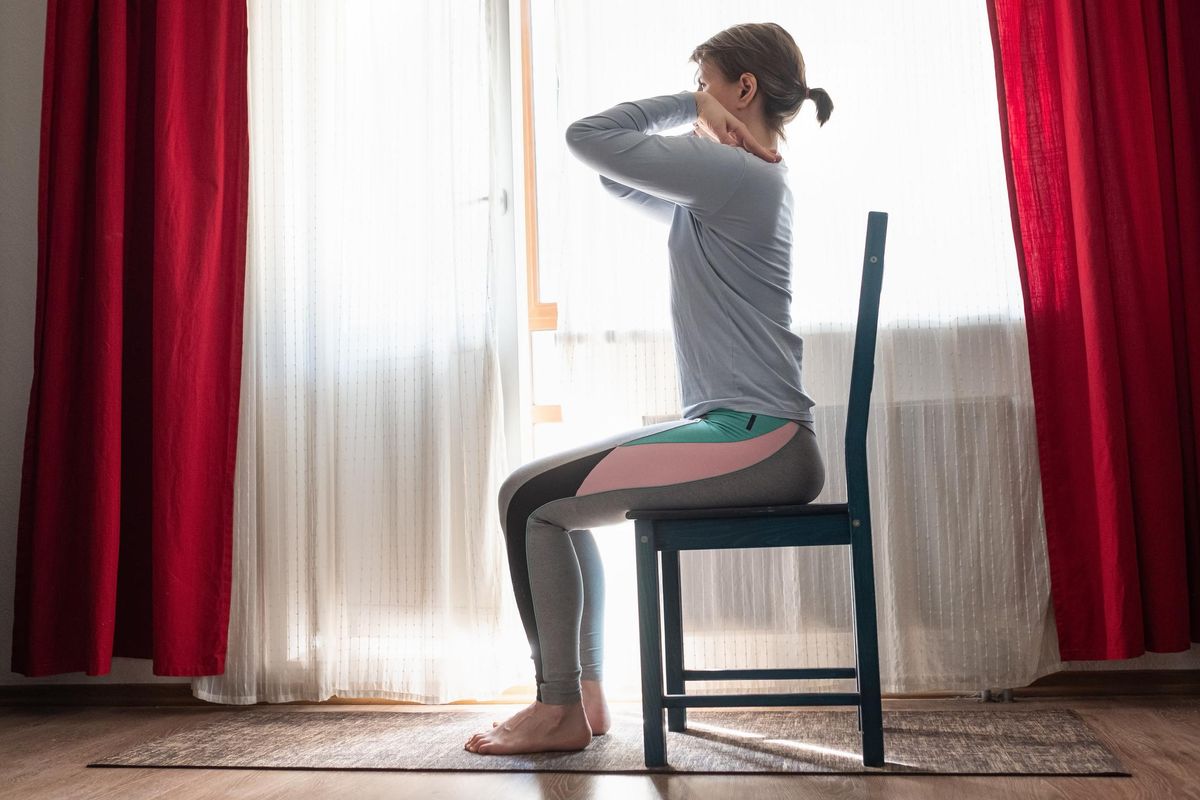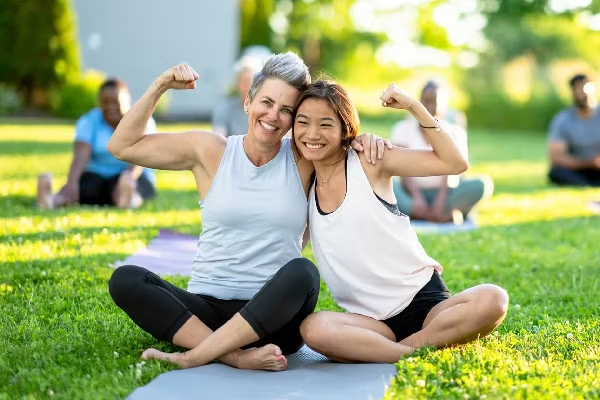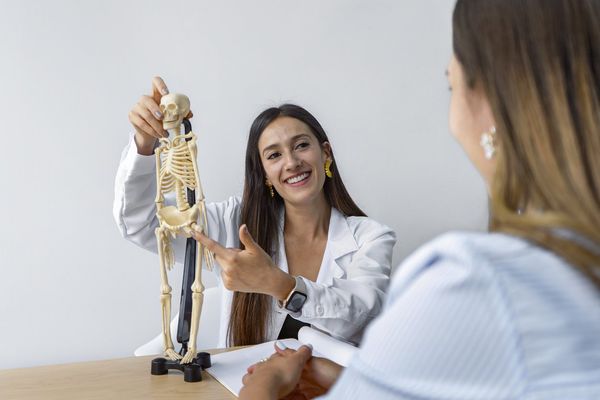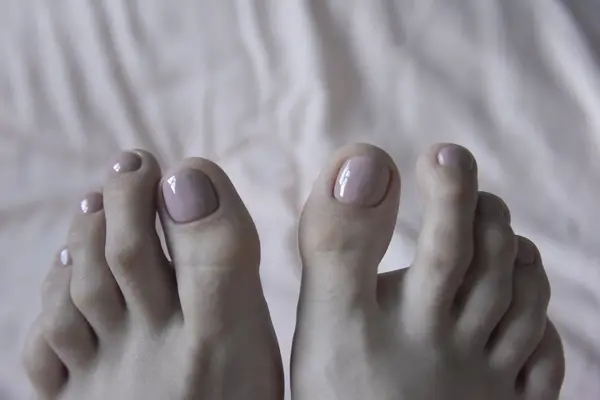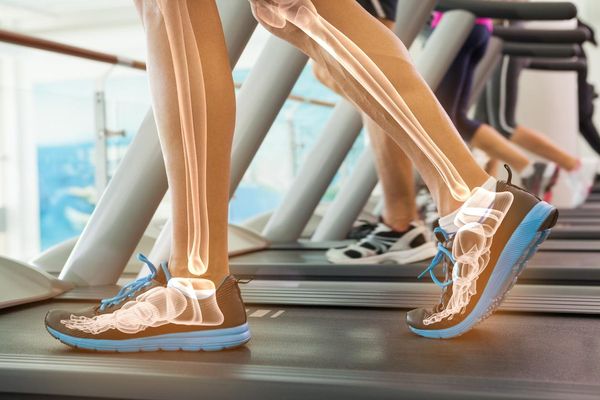Q:
My bone density test showed that I have the early stage of osteoporosis in my spine. What can I do to help stop or slow the bone loss?
A:
First, talk with your doctor to see what calcium supplementation or possibly medication might be appropriate in your situation. Then discuss increasing your weight-bearing activities. These include strength training (lifting weights), walking, climbing stairs, dancing or any other activity in which your legs bear your weight.
Osteoporosis of the spine sometimes causes a rounding or stooping of the upper back. You can stretch your chest muscles and strengthen the muscles between your shoulder blades with a shoulder-blade squeeze exercise. Here's how:
- Sit in a chair with your back held slightly forward, away from the back of the chair.
- Place your arms at your sides, elbows at a 90-degree angle.
- While maintaining the 90-degree angle in your elbows, bring your arms back and squeeze your shoulder blades together.
- Return arms to the starting position.
- Repeat 10 times.
As your strength improves, increase the intensity by adding more resistance with exercise tubing (available in sporting goods and discount stores). Wrap the tubing around a stable surface or have someone hold it in front of you. As you squeeze your shoulder blades together, pull on the tubing handles to challenge your muscles more.
People with osteoporosis should avoid certain exercises that can overstress their already weakened bones. Check with your doctor before starting any exercise program, and do not perform these activities:
- Sit-ups or any movement that involves bending forward with your spine curved.
- Excessive twisting at the spine, such as swinging a golf club.
- Lifting and carrying any very heavy weight.
- High-impact activities such as jumping or running.

